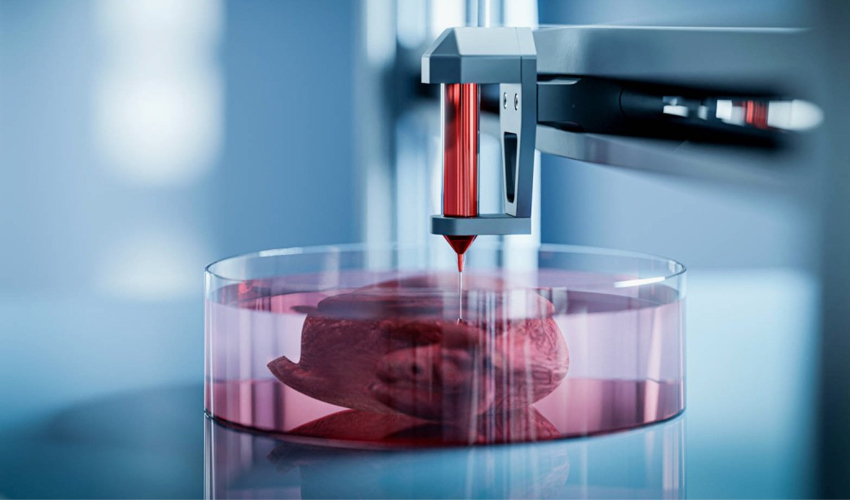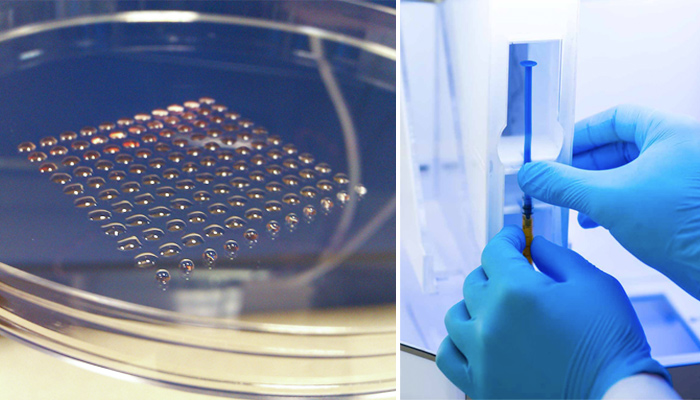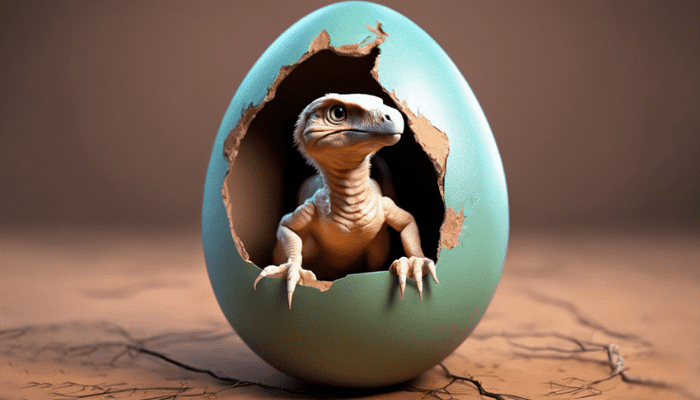3D Printing Has Brought a Dinosaur to Life

No, you’re not dreaming: in a few years’ time, dinosaurs could well be sharing our everyday lives… Thanks to 3D printing! A team of researchers from the University of Isla Nublar have announced that they have succeeded in recreating the embryo of a velociraptor using a 3D bioprinter and a specially developed ink. The ink was formulated from the DNA of a bird, the shoebill to be precise, the only member of the Balaenicipitidae family. The young dinosaur did not survive more than a few days after the successful 3D printing, but the researchers are very optimistic about future trials. Though this scenario sounds like something out of a science-fiction film, it is in fact further proof that bioprinting can work miracles, and that we’re only at the beginning of a major revolution!
Bringing an extinct animal species back to life is nothing new. By 2021, an American start-up, Colossal, had carried out extensive research to bring the woolly mammoth back to life, with potential implications for the fight against climate change. In this specific case, the aim is to study the behavior of dinosaurs and assess the place they might occupy in today’s society. A project which, however, raises a number of ethical questions.

It took researchers at the University of Isla Nublar exactly three years to create a viable embryo.
Birth of a Velociraptor Thanks to 3D Printing
The first stage of the project was to develop the bioprinter – which, according to the press release, was an FFF machine that they adapted to apply ink. The ink is made from living cells harvested from a shoebill, or Balaeniceps rex, an imposing bird with a width of up to 23 cm, a length of 10 cm and a wingspan of up to 2.3 meters. The researchers explain that they have modified the bird’s molecular structure to reproduce the raptor’s DNA pattern, although the details of this procedure remain confidential. In any case, the 3D printer is capable of depositing the cells with extreme precision.
Dr. Ross Geller, paleontologist at the University of Isla Nublar, adds: “Drawing on the latest advances in paleontology and advances in molecular biology, we have formulated a biological ink using DNA extracted from a bird that shares many genetic similarities with dinosaurs. The incubation phase was the most delicate, and after years of research, we’re proud to have achieved this milestone. Without bioprinting, this would have been impossible.”
This team of scientists succeeded in hatching a velociraptor egg on March 29, after the embryo had been developing for four months. Today, the young dinosaur made with the help of 3D printing is being closely monitored, and scientists stress that its survival depends on very strict conditions. They insist on the need for a perfectly adapted environment and constant care to ensure its health and growth.
Professor Ellie Sattler, from the University of Isla Nublar, explains: “We managed to maintain an environment conducive to the embryo’s survival by closely reproducing the climatic and dietary conditions of the dinosaurs’ original habitat. By keeping it in a warm climate and providing protein-rich food resources, including small pieces of meat, we were able to observe its development”.

The researchers are hopeful that the young velociraptor will continue to grow so that they can study it over a long period.
Ethical questions persist, however: does humanity have the right to recreate a form of life that has been extinct for millions of years? While the possibility of bringing extinct species back to life generates enthusiasm for scientific research and understanding of the history of life on Earth, it also raises concerns about responsibility towards these creatures and their place in our modern world. In any case, Professor Alan Grant, who is leading the project, is positive: “Now, with today’s genetic tools and the evolution of 3D printing at our disposal, we can change our view of our planet’s past and future.”
By continuing to integrate 3D printing technology into dinosaur research efforts, scientists hope to discover new aspects of their biology and behavior, while inspiring future generations to explore and appreciate Prehistory. You can learn more on the University of Isla Nublar’s website HERE.
At 3Dnatives, we are big fans of April Fools’ Day! So this article was just a little joke for the occasion. As far as we know, researchers have not used bioprinting to bring velociraptors back to life.
What do you think of the scientific breakthrough made possible by 3D printing? Let us know in a comment below or on our LinkedIn, Facebook, and Twitter pages! Don’t forget to sign up for our free weekly newsletter here, the latest 3D printing news straight to your inbox! You can also find all our videos on our YouTube channel.
*All Photo Credits: University of Isla Nublar






